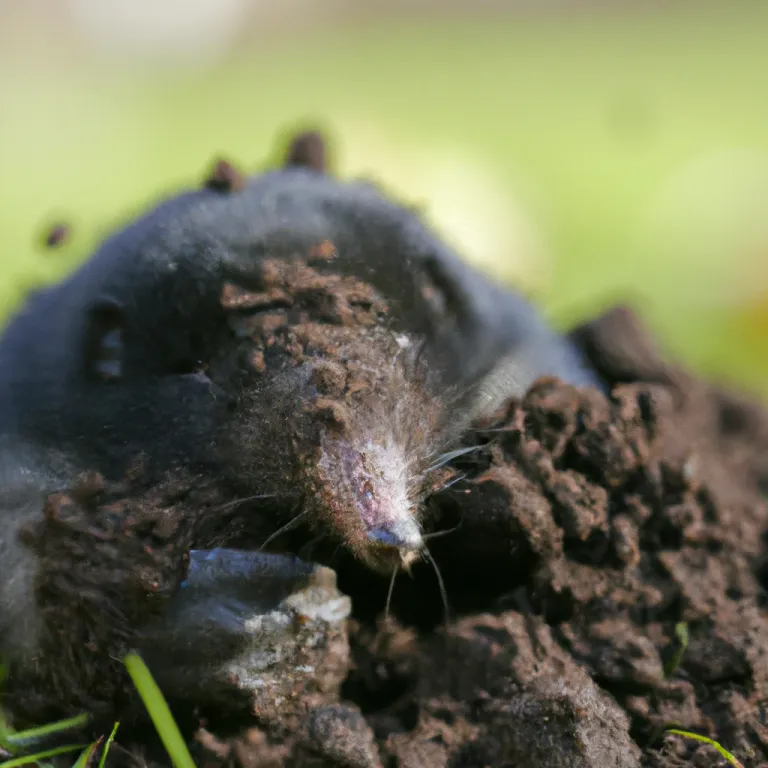A mole is a small, dark spot on the skin that is usually harmless. Moles can be different colors, shapes, and sizes. Most people have a few moles. Moles can appear anywhere on the skin, but they are most commonly found on the face, neck, chest, and back. Moles can be flat or raised. They can be smooth or hairy. Moles can change over time. They may get bigger, darker, or more raised. Moles can also disappear.
Moles are usually benign, meaning they are not cancerous. However, in rare cases, moles can become cancerous. If you have a mole that is changing in size, shape, color, or texture, you should see a dermatologist to have it checked out.
The history of mole is long and complex. Mole has been used in Mexico for centuries, and the dish has evolved over time. The word mole comes from the Nahuatl word molli, which means sauce or stew.
Mole is thought to have originated in the region of Puebla, Mexico. The most common story is that a nun named Sor Andrea de la Asuncion was trying to make a dish for a visiting archbishop. She created a sauce made from chili peppers, nuts, seeds, and chocolate. The archbishop loved the sauce, and it became known as mole poblano.
Mole poblano is the best-known type of mole, but there are many other varieties. Mole negro is a dark, rich sauce made with chocolate, chili peppers, and spices. Mole verde is a green sauce made with tomatillos, chili peppers, and cilantro. Mole rojo is a red sauce made with chili peppers and tomatoes.
Mole is typically served over chicken or turkey. It can also be used as a filling for tamales or enchiladas.

Congratulations @allfactsx! You have completed the following achievement on the Hive blockchain and have been rewarded with new badge(s):
You can view your badges on your board and compare yourself to others in the Ranking
If you no longer want to receive notifications, reply to this comment with the word
STOPCheck out the last post from @hivebuzz:
Support the HiveBuzz project. Vote for our proposal!